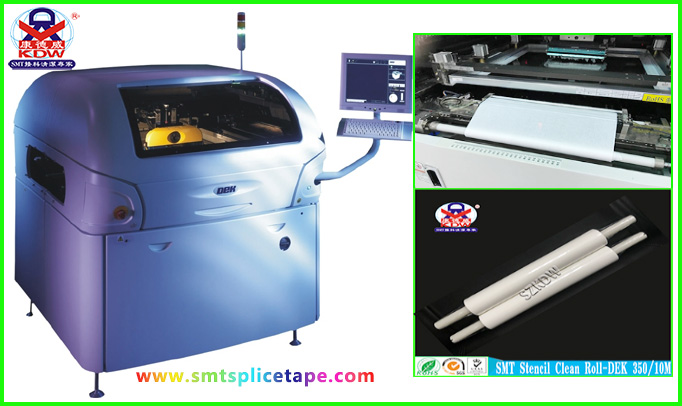The origins of security gates can be traced back to ancient China, long before modern technology made such systems common. It's hard to imagine how early civilizations approached security, but the earliest known security gates date back over 2,000 years to the Qin Dynasty. These were not just simple barriers—they were advanced for their time and used scientific principles that were well understood by the people of that era.
One of the earliest recorded security inspection gates in Chinese history was the "Magnetic Gate" installed at the northern Tuen Mun Gate during the reign of Emperor Qin Shi Huang, as well as at the Afang Palace. This innovation had a history of more than 2,200 years and marked a significant milestone in security development.
During the 35th year of Emperor Qin Shi Huang’s rule, he ordered the construction of a new palace on the southern bank of the Wei River. To ensure safety, he instructed his craftsmen to incorporate security measures into the design. Based on the emperor’s vision, the builders applied the knowledge of magnetism that was available at the time. After extensive experimentation, they decided to install the "Magnetic Gate" at the northern entrance of the Afang Palace. This gate was specifically designed to detect foreign individuals—referred to as the "four Yishang people"—who might attempt to enter with hidden weapons.
The gate was constructed using magnets, and if someone carried metal objects into the palace, the strong magnetic field would attract or repel the weapons, revealing any concealed items. This early form of security technology demonstrated an understanding of physics and practical application that was far ahead of its time.
Today, with the increasing threat of terrorism and public safety concerns worldwide, security systems have evolved significantly. In China, the rapid expansion of the subway system has brought both convenience and new challenges. By 2015, the operating mileage of subways in China was expected to grow from 1,000 kilometers to over 4,000 kilometers. While this growth has improved urban mobility, it has also raised the need for enhanced security measures.
Subway security inspections now include checking both individuals and their belongings. The goal is to identify potential threats such as weapons, explosives, radioactive materials, and even biochemical agents that could be used in terrorist attacks. As technology continues to advance, these systems must also evolve to meet the growing demands of modern security. From ancient magnetic gates to today’s high-tech scanners, the journey of security systems reflects humanity’s ongoing effort to protect public spaces and ensure safety for all.
SMT Clean Products
SMT Clean Products advantages: tough and durable, with a high efficiency of water absorption, soft, dust, anti-static performance. Especially for the electronics factory to remove the printing press stencils, circuit boards on the excess solder paste and red plastic , to keep the circuit board spotless, preferably greatly reducing the rejection rate, greatly improve production efficiency and product quality, our company according to the actual use of customers, selected Product width and length.
Specifications:
Stencil clean rolls are Suitable for SMT machines of MPM, DEK, JUKI, ERKA, FUJI, Sanyo, Yamaha, Panasonic, KME brands.
01 Paper types: 68g, 65g, 55g, 56g, 60g and so on.
02 Material designed specifically for SMT screen printers
03 It ideal for absorbing paste, solvents and adhesives
3, We KDW can be customized according to customer requirements processing production.

SMT Clean Paper Roll,SMT Clean Rolls,SMT Clean Wipes,SMT Clean Cut Wiper
ShenZhen KDW Electronics Co.,Ltd , https://www.smtsplicetape.com

